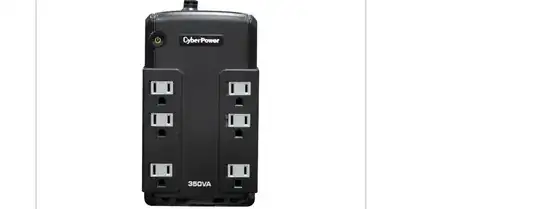I've got a 220 volts fishbowl pump that is conected and working 24x7.
However, when a power outage happens (they happen often where I live) I need to switch to a 12 volts version of the same pump, so the pump never stops working.
I can, buy 2 different version of the pump, one ready for 220 and the other one for 12 volts, or, if possible, use the same pump.
Do you guys know of any circuit that maybe already exists for this?, or should I make one "home made"?.
